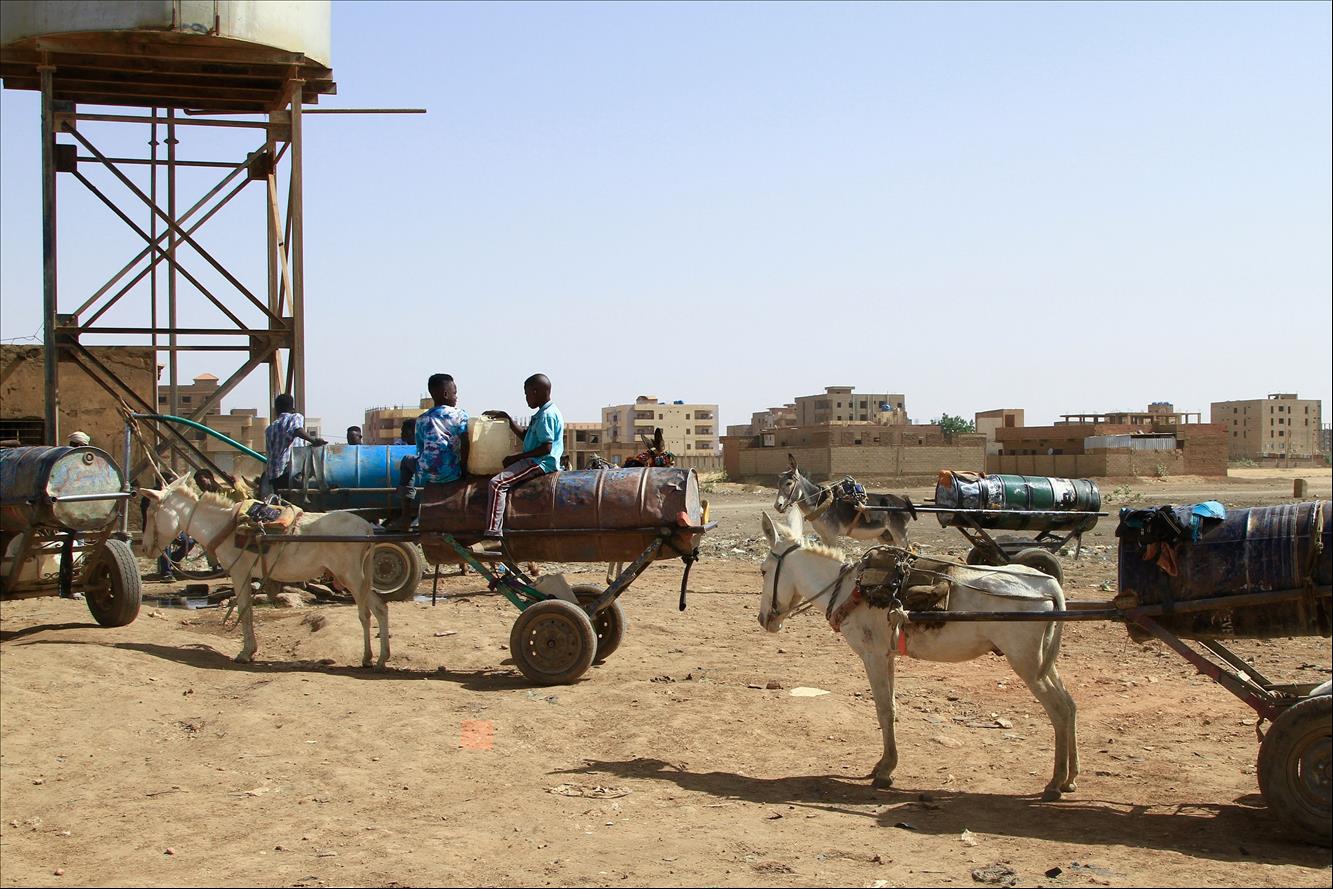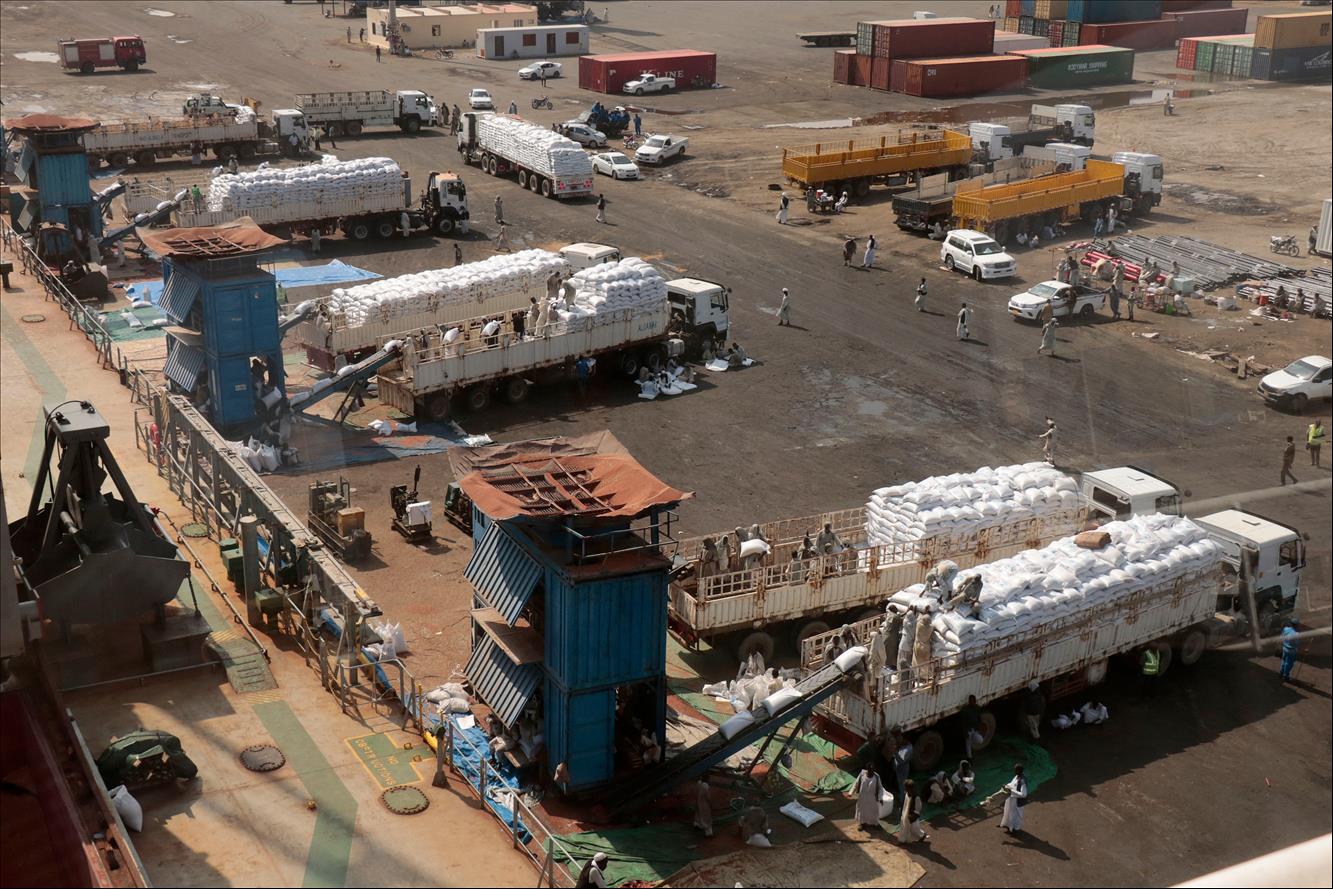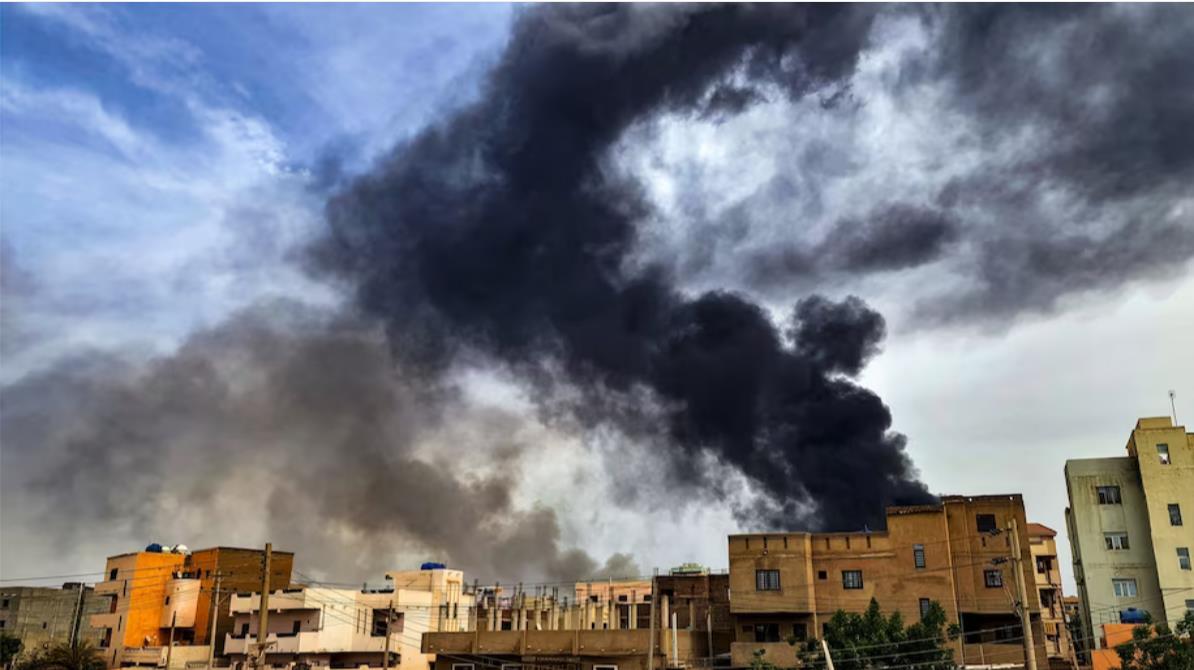(MENAFN- SomTribune)

With its citizens fleeing and many of its cities on fire, Sudan is hurtling toward the kind of collapse that devastated Somalia more than three decades ago at the outbreak of its still-ongoing civil war, regional analysts warn.
“It's easy to overstate comparisons, but there are striking echoes of Somalia,” said Murithi Mutiga, Africa head of think tank International Crisis Group. He ticked them off: the intensity of fighting in urban areas, violence in the capital, the fragmentation of forces, the communal nature of the fighting and the deliberate destruction of civilian infrastructure.
Seven weeks after fighting erupted between Sudan's military and the paramilitary Rapid Support Forces, neither side has landed a knockout blow. The Sudanese military last month paused talks sponsored by the United States and Saudi Arabia, accusing the RSF of repeatedly violating a cease-fire agreement.
“Leadership on both sides see this as fighting for their lives ... That has made the job of diplomacy so much harder,” Mutiga said.“The risk of state collapse is particularly high and there is also a risk of jihadi infiltration - another parallel with Somalia.”
how the democratic hopes of the sudan spring went so horribly wrong

People fill water in barrels mounted on donkey-pulled carts in southern Khartoum, Sudan, in April. (AFP/Getty Images) Somalia's collapse in 1991, after clan warlords overthrew a dictator, then turned on each other, triggered a famine, the intervention of United Nations peacekeepers and the U.S. military, and a three-decade-long civil war that evolved into an al-Qaida-linked Islamist insurgency.
Sudan has more than six times the population that Somalia did in 1991. Sudan also sits at a strategic crossroads between Africa and the Middle East, and between the ungoverned deserts of the Sahel and the vital oil and trade artery of the Red Sea. The country has often exported Islamist militants, and now - especially with RSF painting the power struggle as a fight against Islamist elements in the military - may risk importing them from other countries.
Sudan's war is being waged largely on two fronts: street battles in the capital, Khartoum, and ethnically tinged fighting in the western region of Darfur. Both theaters have seen looting and destruction. Hospitals have been bombed, factories producing everything from baby food and nutritional supplements to Coca-Cola razed, and aid warehouses and food markets looted, then incinerated.
In Khartoum, the RSF is entrenched in residential neighborhoods, where citizens blame them for looting, rapes, evictions and killings. The military tries to dislodge them with airstrikes, mortars and artillery. Shelling killed 25 people in a market last week, and a bombardment killed 14 others near an RSF camp in southeastern Khartoum this weekend, witnesses said.
“Suddenly there was screams and death all around us,” said chicken seller Gili Yahya, one of more than 100 people injured in the shelling of Mayo market, located in an RSF-controlled area.“Many women and children were killed.”
On Wednesday, the military was conducting airstrikes around Yarmouk, a military-industrial complex housing an ammunition dump, factories and gas and oil, resident Musa Abaker said.“We have not seen such clashes since the outbreak of the war,” he said.“I can see a green fire.”
sudan's warring factions target doctors and activists

Sacks of corn are loaded onto trucks in Port Sudan, on the Red Sea. Food shipments have been looted by both sides in the country's war. (AFP/Getty Images) Both Somalia and Sudan are hungry nations. Somalia's collapse triggered a famine that killed an estimated 220,000 people. Images of starving children and militiamen looting aid shipments prompted a U.S. military intervention that ended after a Black Hawk helicopter was shot down in 1993. Somalia still teeters on the edge of famine today.
Sudan's eastern breadbasket is still largely in military hands. Last year, the rains brought a good harvest, although the Ukraine war doubled fertilizer prices. This year, fighting has roughly doubled fertilizer prices again, and bureaucrats responsible for sending out seeds and fertilizer are missing after ministries became battlegrounds.
More than a third of Sudanese needed food aid before the war, and that has already increased to 40 percent because of the fighting, said Leni Christine Kinzli, spokeswoman for the United Nations' World Food Program in Sudan.
Aid agencies have been hammered. Three WFP staff were killed in Darfur, alongside five other aid workers. Last week, armed men attacked and looted WFP's warehouse in the city of El Obeid, taking 22,000 metric tons, or enough food to feed 4.4 million people for a month. That's just more than half of the total amount of WFP food looted across the country so far. Warehouses have also been attacked in Khartoum, and the Darfuri towns and cities of Nyala, Kutum, El Geneina and Zalingi.
Both Sudan and Somalia have seen targeted attacks on aid workers and hospitals. So far, 19 Sudanese doctors and other health personnel have been killed, 17 hospitals bombed, an additional 21 have been forced to evacuate, and 11 ambulances attacked, the Sudanese American Physicians Association said. The RSF has also occupied 43 health institutions and taken doctors at gunpoint to treat its wounded, doctors said. Doctors have received death threats. On Wednesday, the RSF attacked the spokesman for the Sudanese Observatory for War Violations, Yasser Mohammed Dafallah, in his home, the group said.
The military has detained neighborhood activists trying to help organize food and escape routes for civilians in Bahri and Khartoum; six are still in prison. On May 27, 10 soldiers, some in uniform, arrested surgeon Alaaeldin Nugud, who had accused the military of seizing badly needed supplies sent by the World Health Organization, said his mother, Alawiya Hassan. He was released on Thursday. The WHO did not return a message seeking comment.
“There's echoes of Somalia. ... Parts of Khartoum are beginning to resemble Mogadishu,” said Rashid Abdi, lead analyst at Sahan, a Nairobi-based think tank.“Fighting parties, especially one side, are essentially taking civilians hostage. The RSF decided to fight in the cities because it's the only way they can protect themselves. They are not equipped with heavy armor; they can easily be outflanked in the open.”
Tutti Island in central Khartoum is a residential neighborhood that has only one bridge linking it to the rest of the city. A resident said between 12,000 and 15,000 people were stranded there after the RSF took the bridge a week ago and refused to allow families to leave, saying the road ahead was unsafe. Shops are running out of food and medicine, and the only flour mill had closed, said the resident, who spoke on the condition of anonymity because of fear of retribution. Six people had been killed by stray bullets and many more injured, he said.
An RSF spokesman did not respond to a request for comment.
russian mercenaries closely linked with sudan's warring generals
Kholood Khair, founding director of the Khartoum-based think tank Confluence Advisory, highlighted one bright note: Sudan's civil society is more experienced and emboldened than it has ever been. Somalia had nothing comparable in 1991, she said.
“Sudan is heading for state collapse, but the nature of the collapse looks to be very different from Somalia,” she said.“Both the RSF and SAF (Sudanese Armed Forces) have forfeited any grain of political legitimacy.”
By katharine houreld and Hafiz Haroun The Washington Post

























Comments
No comment